Description
Myanmar, the Golden Land, has for ages been the last frontier, steeped in mysticism and mystery. However, knowledge about Myanmar remains woefully inadequate in most spheres including Indian academia, media and in some cases, even foreign policy. The irony is such that premier educational establishments in India provide exotic courses on countries with which India has no borders and are thousands of kilometres away, but do not offer Myanmar studies or language courses, despite India sharing a 1643 km border with Myanmar.
India’s two-track engagement with Myanmar commenced in 1991 and today, in 2021, has completed 30 successful years of bilateral engagement. The realpolitik driven two tracks being, to engage with Myanmar on functional levels, while concurrently pressing for democratic reforms. On 1 February 2021, all that changed with Senior General Ming Aung Hlaing’s coup d’état and the ensuing violence which has already claimed over 700 lives. In such tragic circumstances, ‘business as usual` is no longer a viable foreign policy option.
With this backdrop, Irrawaddy Imperatives: Reviewing India’s Myanmar Strategy, though written well before the coup, provides a fresh and original perspective to India’s relationship with Myanmar. In reviewing India’s Myanmar strategy, the book uses three principal approaches viz. the borderland studies approach, the geographic realism approach and the third concurrent approach being the centrality of the Northeast and its people as the principal stakeholders in India-Myanmar relations. Over the years the Northeast has been seen as a ‘gateway’ or ‘passage’ to the ASEAN and its markets, which consigns the Northeast to a transitory space, rather than a primary space and subordinates it to Myanmar and the ASEAN. The book counters this and suggests viable alternatives. The book also serves as a reference for the Myanmar scholar through the vast amount of data and various appendices which contain documents relevant to India-Myanmar relations.
The research for the Fellowship leading to this book has been primary source oriented with the author visiting Myanmar and Mizoram for field trips. Archival research at the Nehru Memorial Museum and Library provides delightful nuggets of history which are documented in it. In addition, interviews, interactions with former Ambassadors, Generals and other serving and retired functionaries have added value. This book is expected to be useful to students of Myanmar and neighbourhood studies in India, and casual readers as well.
The book concludes by attempting to codify a policy for India towards Myanmar and it avers that a strong and developed Myanmar is the best bet for India and for the development of India’s Northeast. For this, Indian businesses have to invest in Myanmar, especially along the India-Myanmar border. This is also the best way to hedge against Chinese influence in Myanmar and Northeast India. In effect, these, amongst others things, are the Irrawaddy Imperatives.



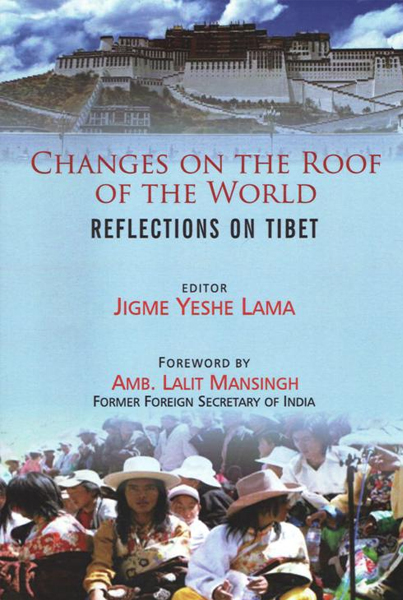
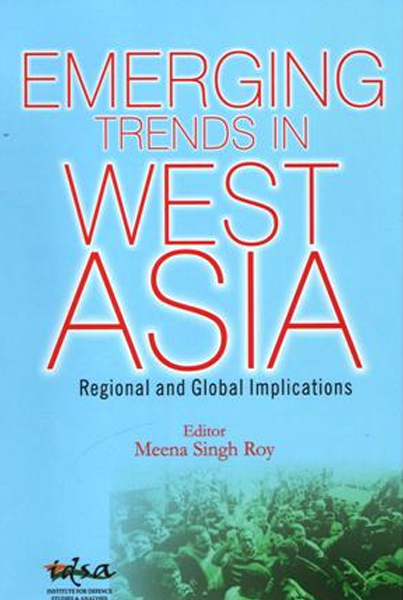
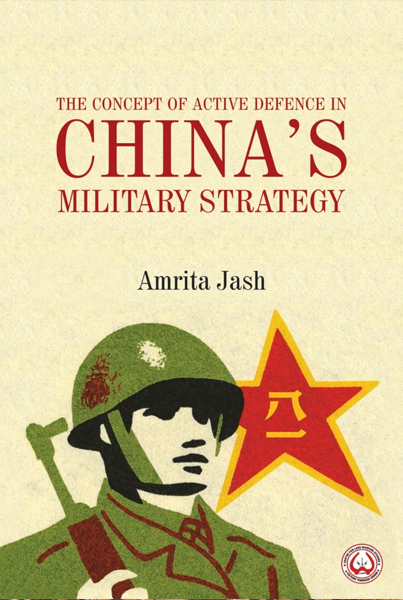
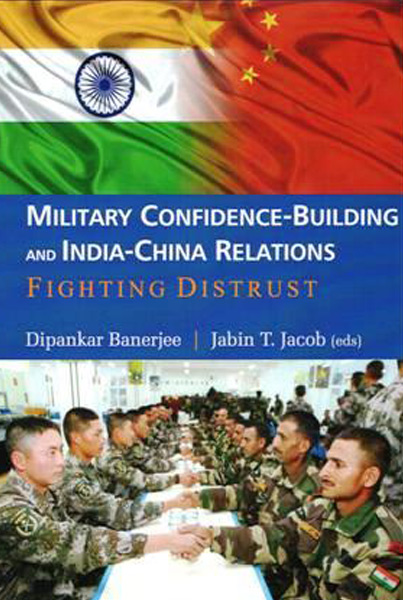
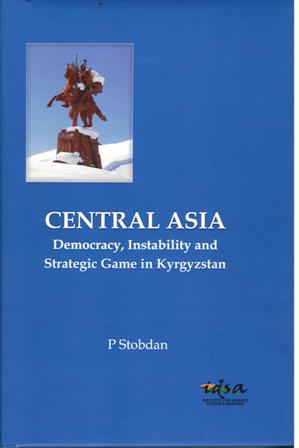
Reviews
There are no reviews yet.